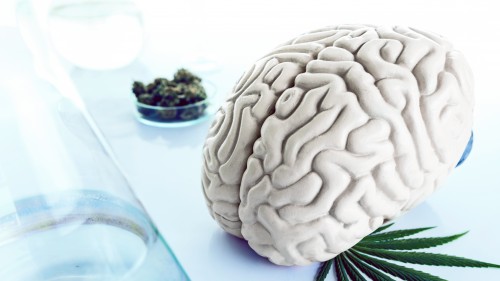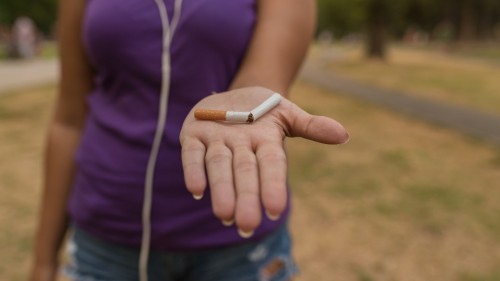As of July 1, recreational cannabis will be legal in Maryland.
This means that those over 21 will be able to possess, use, and grow the drug. While we won’t immediately see the repercussions of this law, we will likely see increased use for both adults and the vulnerable teen population.
There are a few reasons for this. Once a substance is legalized, it can become perceived as less risky or harmful. Research has shown that when people see a substance as less risky, the more likely they are to use the substance. In addition, harmless-looking edibles will likely become more readily available and be marketed in packaging that appeals to teens.
Maryland’s legalization comes at a time when cannabis use for those aged 12–18 is holding steady. According to recent research:
- In 2022, 8% of eighth graders, 19% of 10th graders, and 22% of 12th graders in the U.S. reported cannabis use in the last year.
- 12th graders are 82.1% more likely to use marijuana in their lifetime than they are to smoke a cigarette.
- Adolescent cannabis use increased by 245% between 2000 and 2022 in the U.S.
Risky business
Cannabis use for teens has many risks.
When used at a younger age, cannabis can impact the developing brain, resulting in permanent cognitive changes. With chronic, long-term use, some people have a decreased IQ that never improves.
Cannabis use may also cause or intensify psychotic disorders and other mental health conditions. For example, although medical marijuana has gained a reputation as a safe, natural treatment for adults with conditions such as anxiety and depression, it can actually make these conditions worse during adolescence.
Furthermore, trying cannabis for the first time during adolescence can lead to addiction. According to the National Institute on Drug Abuse, 17% of adolescents who try cannabis for the first time will develop a use disorder—double the rate of adults who try it for the first time.
It’s also important to note that the potency of cannabis has steadily increased over the last 50 years, leading to a higher risk of addiction and significant withdrawal symptoms. Gummies, other edibles, and vaping devices are just as powerful.
Even more concerning, cannabis can be laced with other dangerous drugs, such as fentanyl.
Preparing kids
Keeping teens and kids safe from cannabis’ ill effects starts with education for both parents and adolescents. For parents, become familiar with the types of cannabis available, and remind yourself that today’s cannabis is a much more potent substance.
Have an open conversation with your kids, and convey the risks and the fact that even harmless-looking options like gummies are still dangerous. Help them to understand that not all information out there is accurate, and that some may be biased for marketing or financial reasons. Be available to answer any questions they may have.
Parents should never underestimate how powerful their attitude toward a drug is. Your message can make the difference in whether or not your child decides to try cannabis or other substances.
Related Articles
-
Cannabis and the Adolescent Brain: High Time for Mental Illness
First Person PerspectivePublished: -
Clearing the Smoke: Smoking & Mental Health
Health & WellnessPublished: -
When Your Loved One is Addicted
Health & WellnessPublished:


